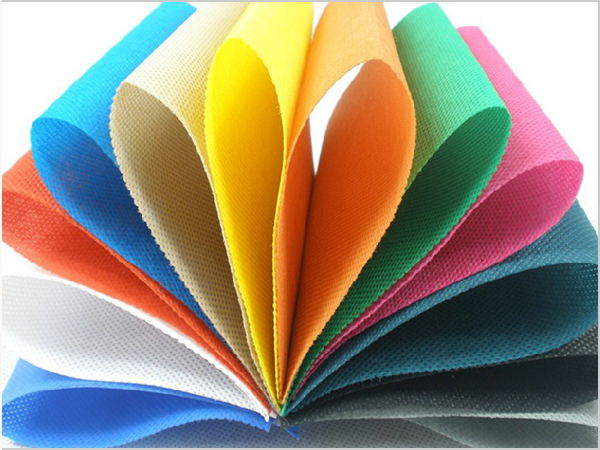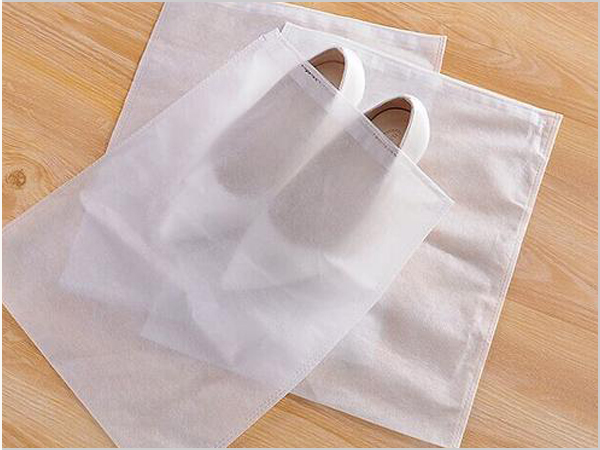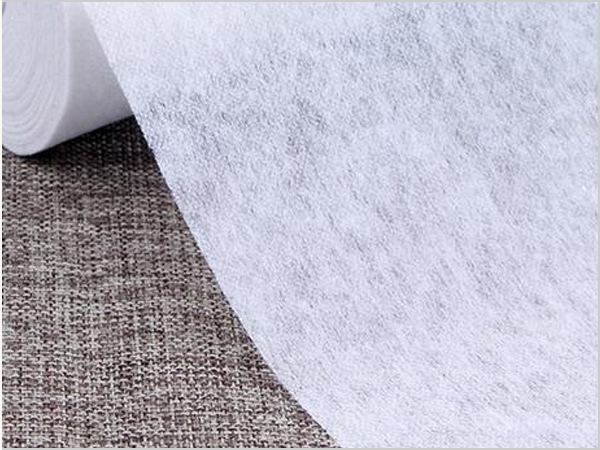- Why can spunbond nonwoven fabric dominate the market?
- Foreign trade exports are moving forward under pressure, with both resilience and challenges coexisting
- Explore the environmental protection characteristics and application fields of PP non-woven fabric
- The rise of the Latin American market is expected to become a new growth pole for China's textile foreign trade
- The production process of spunbond nonwoven fabric determines its unique characteristics!

- Telephone: 0551- 66779966
- Cellphone: 18955130444
- Email: 58792982@qq.com
- Address: Building 1-2, East of Wubu Village Section, Hehuai Road, Wushan Town, Changfeng County, Hefei City, Anhui Province
What is spunbond non-woven fabric? Its main materials are polyester and polypropylene, with high strength and high temperature resistance. Spunbond non-woven polymer extrusion, stretching, forming a continuous filament, filament laid into a network, fiber network through its own bonding, thermal bonding, chemical bonding or mechanical reinforcement method, so that the fiber network into non-woven fabric.
Medical and health supplies mainly use polypropylene spunbond non-woven fabric, which is in the majority of polypropylene spunbond non-woven fabric. Polypropylene spunbond non-woven fabric has good high temperature resistance, good high temperature resistance (polypropylene can be used in 150℃ environment for a long time, polyester can be used in 260℃ environment for a long time), aging resistance, uv resistance, high elongation, stability and good air permeability, corrosion resistance, sound insulation, moth prevention, non-toxic and other advantages. There are 20 million newborns in our country every year, and the diaper market is huge. Disposable surgical gowns, caps and quilts for hospital operating rooms and wards are huge.
What are the specific applications of spunbond non-woven fabrics?
1, spunbond non-woven fabric can be widely used in shopping bags, gift bags, handbags, information bags, carpets and base cloth, wall materials, furniture decoration, dust cloth, spring wrap cloth, isolation cloth, audio cloth, bedding and curtains, dishcloth and other household daily necessities industry.
2, spunbonded non-woven cloth can be widely used in clinical supplies, surgical gowns, hats, shoe covers, bandages, wet towels, cotton balls, masks, germicidal cloth, sanitary napkins, diapers, vacuuming bags, travel underwear, incontinence products, dry and wet rags, cosmetic paper, sanitary materials and other medical and health industry.
3, can be widely used in car carpet, roof, door decoration, composite materials, seat materials, wall protection materials, etc.
4, can be widely used in thermal insulation cover, frost, insect control, lawn protection, plant mulch, seedling cloth, soilless cultivation, artificial vegetation and other agricultural horticulture industry.
5, spunbond non-woven cloth can be widely used in coating cloth, polishing materials, wipe cloth, aseptic clothing, grinding products, cable cloth, battery diaphragm, adhesive, protective clothing, laboratory clothing, flame retardant cloth, conveyor belt, discarded felt, papermaking felt, sound-absorbing felt and other industrial aspects.
- Why can spunbond nonwoven fabric dominate the market?
- Foreign trade exports are moving forward under pressure, with both resilience and challeng
- Explore the environmental protection characteristics and application fields of PP non-wove
- The rise of the Latin American market is expected to become a new growth pole for China's
- The production process of spunbond nonwoven fabric determines its unique characteristics!
- The global trade landscape is undergoing significant changes in 2025
- The 11th China International Silk Conference was held in Shengze
- What are the core advantages of spunbond nonwoven fabric?
- What are the magical aspects of the manufacturing process of spunbond nonwoven fabric?
- The textile industry is enjoying dual policy benefits



